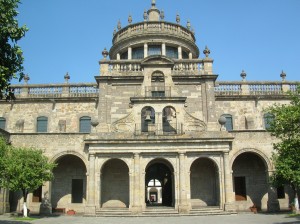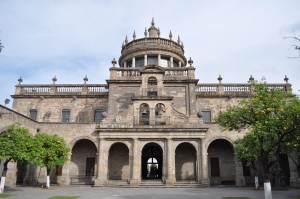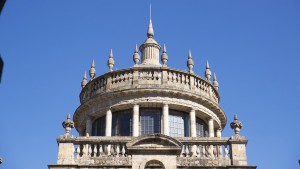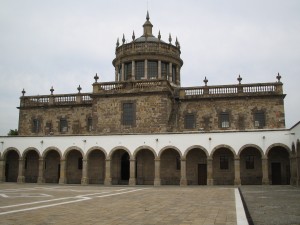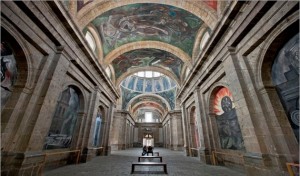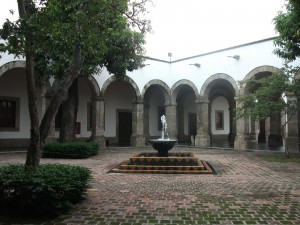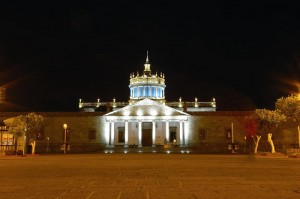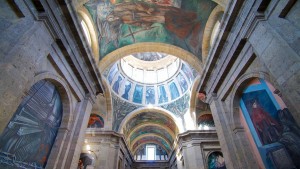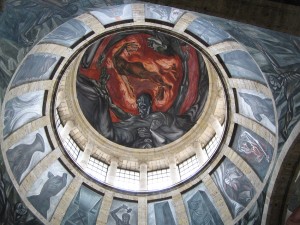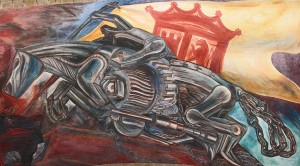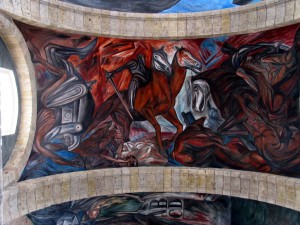Written by Soudip
May 6th 2015Other Places
You Are Here
Home > Mexico > Monuments of Tlacotalpan Historical Facts and PicturesHospicio Cabanas Historical Facts and Pictures
Located in the city of Guadalajara in the Mexican state of Jalisco, Hospicio Cabanas is one of the biggest and oldest hospital complexes in America. Built in the early 19th century, the complex was used to give shelter and care to the deprived including the handicapped, chronic invalids, elderly, and the orphans. This Neoclassical complex was designed by the architect Manuel Tolsa, who was engaged by Bishop Juan Ruiz de Cabanas.
History
Royal approval to build the Hospicio was given in 1803, when Bishop Cabanas appointed Tolsa to design the planned hospice. During 1805-1810, most of the task was entrusted to Jose Gutierrez, a pupil of Manuel Tolsa. Although the work was halted by the War of Independence, during which the unfinished buildings became the barracks and stables of the Royalist forces and insurgents, the Hospicio was inaugurated after 1829. Again in the middle of the 19th century, the hospice served as barracks. The hospital remained operational until 1980, after which it was renovated to house the Cabanas Cultural Institute.
Characteristics
Despite the hospice covering an enormous area of 2.34 hectares, its uniqueness is related to its simple design and balance between the outdoor spaces and the buildings. A rectangular plan with a measurement of 164m X 145m was used to form the entire composition. The complex includes single-storey buildings of height 7.5m, positioned around twenty-three courtyards with different sizes and characteristics. The covered walkways and cloisters allowed easy movement of patients, while the well ventilated and naturally illuminated open spaces promoted healing by allowing passage of air and light.
Jose Clemente Orozco’s Frescos
After arriving at Hospicio Cabanas in late 1937, the zapotlense painter Clemente Orozco painted 53 frescos on the dome, vault, and walls of the chapel in the hospital complex for over two years. The murals represented the origin of Guadalajara, the clash of cultures between the Spanish and the locals, as well as the pre-Hispanic life. The mural paintings of Orozco, especially the symbolic “El Hombre de Fuego” or “The Man of Fire” is one of the best works of art of the 20th century.
Category
MexicoWritten by Soudip
May 6th 2015










